Part Six – Good Things Happen in 3s
(See Part One, posted on July 13, 2013)
(See Part Two, posted on July 18, 2013)
(See Part Three, posted on August 11, 2013)
(See Part Four, posted on August 29, 2013)
(See Part Five, posted on October 1, 2013)
Peter Russell, in his book, The Global Brain, uses the image of an exponential curve to represent both movement toward change, as well as the stress that is the catalyst for such change. Stress is that which threatens the orgamism’s survival and change takes place when things reach “critical mass” – very much an adapt-or-die scenario. Russell applies this curve to everything, from the simplest of one-celled organisms to humans, to social and political values. I am of the opinion that arts education is in dire need of change in order to survive, to command the respect it deserves, and to be incontrovertibly validated as necessary to both the academic lives and real-world lives of students.
The proverbial “collective consciousness” is always at work, it seems. Just as with inventors at the turn of the last century who were working in different countries on the same inventions at the same time (radio, television, the phonograph, moving images, etc.) innovative educators and artists appear to be moving toward a new, if hazily defined, paradigm. American journalist, editor, and author, Joanne Lipman’s observations are remakably aligned with those of Horowitz (see Parts 4 and 5). In her recent New York Times article, “Is Music the Key to Success?” Ms. Lipman pushes past the older, more accepted views of transfer of learning to much broader principles:
“The phenomenon extends beyond the math-music association. Strikingly, many high achievers told me music opened up the pathways to creative thinking. And their experiences suggest that music training sharpens other qualities: Collaboration. The ability to listen. A way of thinking that weaves together disparate ideas. The power to focus on the present and the future simultaneously…many of them apply music’s lessons of focus and discipline into new ways of thinking and communicating — even problem solving.”
While there is plenty to suggest “sure, we’ve known this for years,” the questions are: 1) were those “new ways of thinking” actually part of what was being taught in the classroom? and 2) what is being done in the classroom? How is this knowledge being put to use, here and now, and imparted to students? In my opinion that subject matter is offered, but then, in most cases, it’s assumed that higher principles (if even considered at all) will probably take hold of their own accord.
What I am suggesting is that, in order to put a paradigm shift into practice at its most basic level, those of us who teach need to rethink our approaches, retool our lessons and methodology in order to present material that bridges the gap between the classroom and the larger world outside. None of us should accept the age-old cliché of a student asking either aloud or in her head, “When am I ever going to need this in real life?” We need to honestly provide her with the answer to that question before it gets asked. We should both impart a lesson and then draw the parallel for the student. This means multi-layered answers, answers that show myriad real-world parallels across many disciplines.
While it is far beyond the scope of these essays to present entire lessons plans for all arts disciplines, a basic approach can be outlined for three grade groupings (good things happen in 3s): grades K through 3, grades 4 through 8, and high school.
For grades K – 3, the arts are introduced by educators and the students are guided into them through a) free-form and experimentation; b) by gradually introducing traditional principles and methods; c) demonstration; and d) storytelling.
Young children in grades K – 3, when dealing with the arts, should always be allowed to discover the art and themselves in relation to it without dictates or constraints of any kind. Children are naturally creative, inquisitive, and self-validating (if educators can avoid critical comment or trying to regiment the child). This means providing the materials necessary, then watching what each child creates. It truly is as simple as that. One example will have to suffice; let’s use dance. Rather than having kids knuckle under – in the name of developing large motor skills – to the conformity of the age-old Hokey Pokey – (something I was required to do over fifty years ago and was still being used for first graders last week!) the teacher puts on music, possibly 60 seconds maximum. Everyone, including the teacher, then moves to the music. Allow each child to do anything and everything. The teacher changes the music to something that conveys another mood. Without any verbal instruction, the teacher would then move in a way he or she feels is conducive to the new mood. Many children will pick up on this and move differently as well. Never is the type of movement dictated or restricted. The teacher observes each child. The music is changed again, and, again the children are allowed to move in any way they see fit. The teacher observes at this point, offering only encouragement and praise, never criticizing or directing. Every child should be made to feel good about the dance he or she is doing. That is the extent of one early class. Only very gradually are parameters set, and then, put in place toward the end. Free form is always the beginning. Then at some point in the proceedings the teacher might say, “There are so many different kinds of music. Some music sounds really happy. Some can sound sad. Some can sound very mysterious.” The teacher plays different short selections and asks the children how the music sounds (its emotional content). The children will almost always universally agree how it sounds. “Happy!” “Spooky!” etc. “So,” the teacher asks, “if we have spooky music, how does that make us dance? Let’s see…”
The music is played and the children dance in whatever way they choose. There is never any right or wrong way. Later in the sessions, the teacher introduces the idea of simple movements or sequences of movement, such as stomping the right foot, turning around and clapping hands once. “Let’s see if we can do that to the music.” And yet another session, later still, might introduce the idea of students holding hands and performing a simple sequence together, or, dividing in to pairs, threes, etc. We, as teachers, need to remember how very young these children are; freed from our needless judgement or criticism and subjected only to encouragement, think of how motivated, how happy they will feel, and how the foundations of their self-esteem are being reinforced. With carefully planned class sessions, the children can be led gradually, day-by-day, week-by-week and so on, through grade 3, into traditional/classical movements and steps, the principals of choreography, etc.
As for demonstrations, videos of dancers of all types can be shown to children throughout these years.
Storytelling would take the form of age-appropriate stories of famous dancers from the past, as well as the wealth of children’s literature.
The Middle School Years
This is the time to reveal the “necessary” arts to students. The children themselves are exposed constantly to shows, music, and artwork of all types, but rarely is a connection made between them, the work they’re doing in the classroom, and how that work translates to the outside world.
Grades 4 through 8 – Continue free form arts endeavors, allow for maximum expression, without restraint or real world associations, the art for the arts’ sake. Introduce more techniques, history, traditions and principles with exercises and practice that conform to established forms/parameters. Free form and self-expression are encouraged in tandem so students can always apply and “marry” the regimentation with their own creative lives.
Simultaneously, expose students to as many prominent artists in the field through video and reading, bios of the artists’ lives and times that are grade-appropriate. Then relate them to the present day.
As the student matures, the teachers show students how a particular art form is used in many fields, all of which can help them earn a living while dedicating time to the purer form of their artistic goals. There are detractors of this method who would claim that the only way for an artist to gain prominence is total devotion to the art form to the exclusion of all else. But the truth is that talent in and of itself is often a cheap commodity – there are tens of thousands of extremely talented people. What is it that enables one to achieve far more than others? It is almost never the talent itself, but an unquantifiable combination of talent, luck, opportunity, “who you know,” networking and more that enables an artist (in any field) to prosper.
Students at this age must gradually be encouraged to “wake up” by adding a healthy dose of reality into the curriculum. Of all the thousands of talented and brilliant artists out there, only a comparative handful actually rise to prominence in their chosen field. Rather than this being a fatalistic and discouraging outlook, it is neither negative nor positive. It is just fact. However, if equipped with the right skill set, people can pursue their art and find satisfying ways to use their talents in “real life,” to support themselves. The clichéd and even romanticized image of a “starving artist” is a fallacy. There’s nothing at all attractive or satisfying about living in abject poverty. Surviving in today’s world requires being able to make a living.
For our examples, let’s look at the arts of painting and sculpture. The teacher introduces real-world professions that employ hundreds and hundreds of people. All of the professions can be looked at as “cousins.” Students will naturally gravitate toward one or a few, but should be exposed to all: graphic design, architecture, illustration, commercial arts, interior design, theater set design, institutional design (museum displays and gallery installations), trade show installation designs, signage, textile design, packaging, advertising design, furniture and product design and more. The overriding message is that “once you are out of school, you can pursue your art in its purest form. And you also have the option of transforming and using your skill to make a living.”
Finally, there are student contests in painting and sculpture, plus, grants and festivals in these and related fields sponsored by many foundations and companies that the teacher should research and implement in the classroom. Part of the curriculum then entails having all members of the class apply and enter according to their specific strengths and skills. The lesson is that you, as an artist, can receive other kinds of support but you’ll need to learn to express your goals on paper, go through exacting application processes, sometimes in many stages. By involving students in such real-world endeavors, they will soon see that there is always more to their art than just making the art. They will have to learn to focus, communicate, and justify their visions; they will learn endurance, patience, and how to handle ongoing rejection. They will learn that they are not the only ones struggling, but that there are thousands of others just as dedicated, just as passionate, and like them, hoping to succeed.
The High School Years
If a given student is inclined to pursue a professional career as an artist, be it a writer, painter, sculptor, singer, composer, etc., by the time he or she graduates from high school (or a specialized arts school), he or she needs far more than talent and desire. Of paramount importance is an understanding of the business side of the chosen art form. Too many aspiring artists fail or give up when confronted with the ferociously competitive and, quite frankly, uncaring world outside their little protected academic spheres. However, the intention is not to discourage the students by rudely awakening them, rather, it is to strengthen them, sharpen their resolve, give them the skills to navigate the world “arena” they are going to enter. The goal is to equip students with the many tools necessary for coping with the reality of their living a life dedicated to their chosen arts.*
Imagine the student who wants to pursue any of these arts being taught, before college, about the hundreds of ways to align their talent both with what they want to pursue and other professions that can sustain them. Imagine: without writers, composers, and fine artists, what would happen to the world? There would be no scripts for movies, TV shows, commercials, no writing for corporate brochures, no technical manuals, no “how-to” books, no advertising, packaging (remember, it took a writer to think up the name “Cheerios!”). Commercials and movies would have no background musical scores. Books would have no illustrations, magazines would be stark white pages – no articles,no photos. Without graphic design, everything from packaging to the entire internet, to the label in your underwear would be blank! Think of it — to sell even a simple can of Coke requires a team of designers, a copywriter, a composer, a script writer, musicians, a film director and full crew, a film editor, possibly actors and dancers, a computer artist, website designer and coders, and more. Multiply that by the hundreds of thousands of products, services, and businesses that can only thrive if there are artists to create for them. What students, today, are being taught this?
Imagine, as well, students learning about unions and other organizations they will need to join and how to do so. Imagine classroom guests, pulled from the students’ own communities, who are pursuing careers in the arts telling their own stories. Imagine teaching units on networking and self promotion. Imagine continuing, as part of the everyday class work throughout high school, helping students to enter poetry contests, essay contests, playwriting competitions, composing contests; submitting writing to agents and publications.
Imagine creating an entire project as a class, combining everyone’s talents and culminating in an assembly or exhibit.
Now that the Surface is Scratched…
The arts are the lifeblood of our entire global culture. They shape the way we see our world – whether in a beautiful ballet, a building, a birdhouse in our backyard, a sign in a museum installation, a TV commercial, the logo on a sneaker, a ringtone on a phone, a pair of sunglasses frames, the jingle for a used car dealership, the picture on a postage stamp, the lid on a jar of pickles, the ambient music in a mall, the written text on a box of nails, even the shapes in Lucky Charms cereal! It took artists to create them all.
While these essays have barely “scratched the surface,” the hope is that our eyes are at least open to the potential for seriously examining arts curricula, teaching methods, and the way we, as teachers and artists, approach the “powers that be” when making our case for comprehensive arts education reform and funding. The time for taking action to rethink, revamp and renew everything about arts education begins right now. Changing things, as we know, is going to take tremendous effort and, of course, time – time to create the courses, time to unify approaches, to form our new vocabulary for stronger arguments in favor of what we seek to do, and a lot of time to wake up administrators, gain their trust and demonstrate that the benefits of school arts programs are of inestimable value. The administrators are reachable; every single one of them was a child who used to love to color and draw, dance and sing and put on shows for their parents. We’ve got to help them remember the freedom and joy they all felt – genuinely inspire them. Some of them even had the same dreams as students today. We have to gently help them wake up so that we can all, through powerful new arts education programs, bring students’ dreams into the real world.
*The only art form that has limited applications is dance. Dancers definitely are used in all forms of artistic endeavor, but the possibilities are limited for lateral application. Dance instructors, movement instructors, physical trainers, yoga instructors are about just about the extent of it. Moving into areas such as physical therapy, while certainly workable, is a radically different discipline requiring even more specialized schooling.


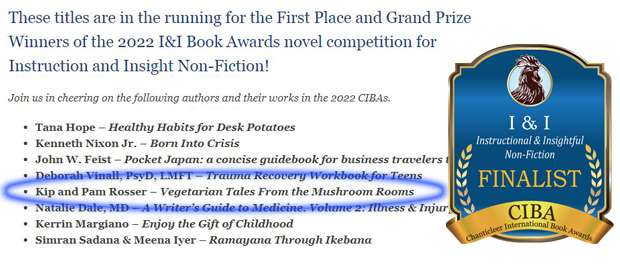
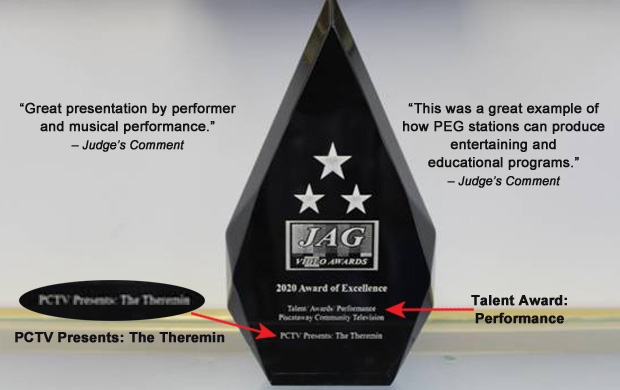

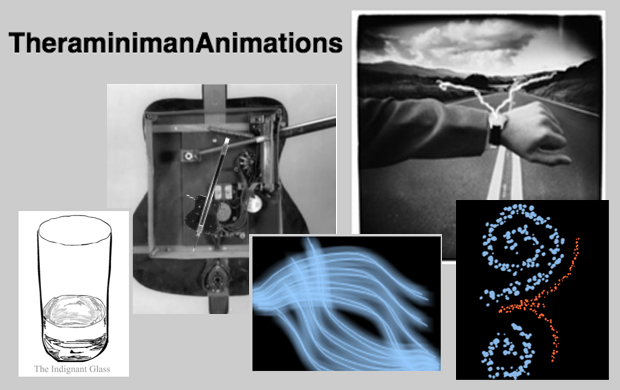
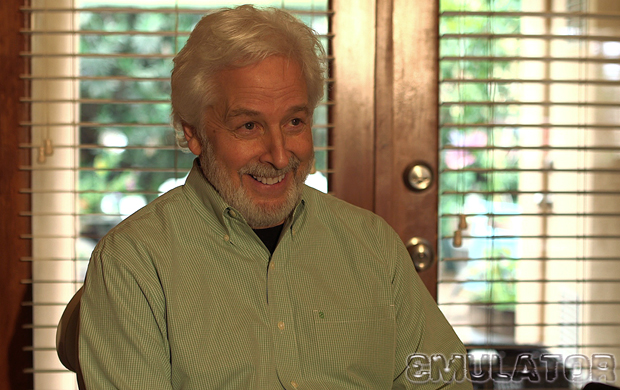
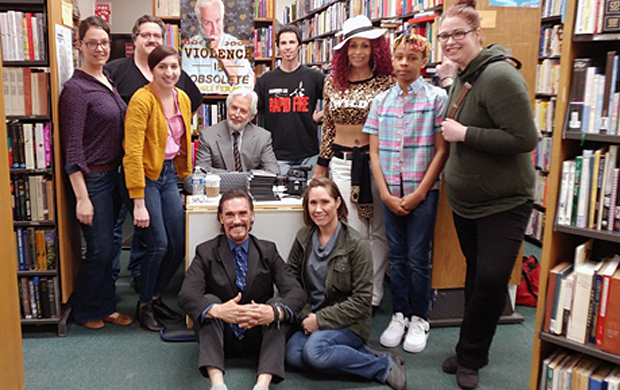

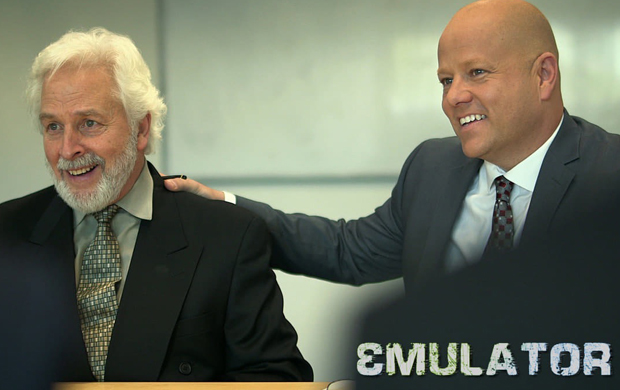
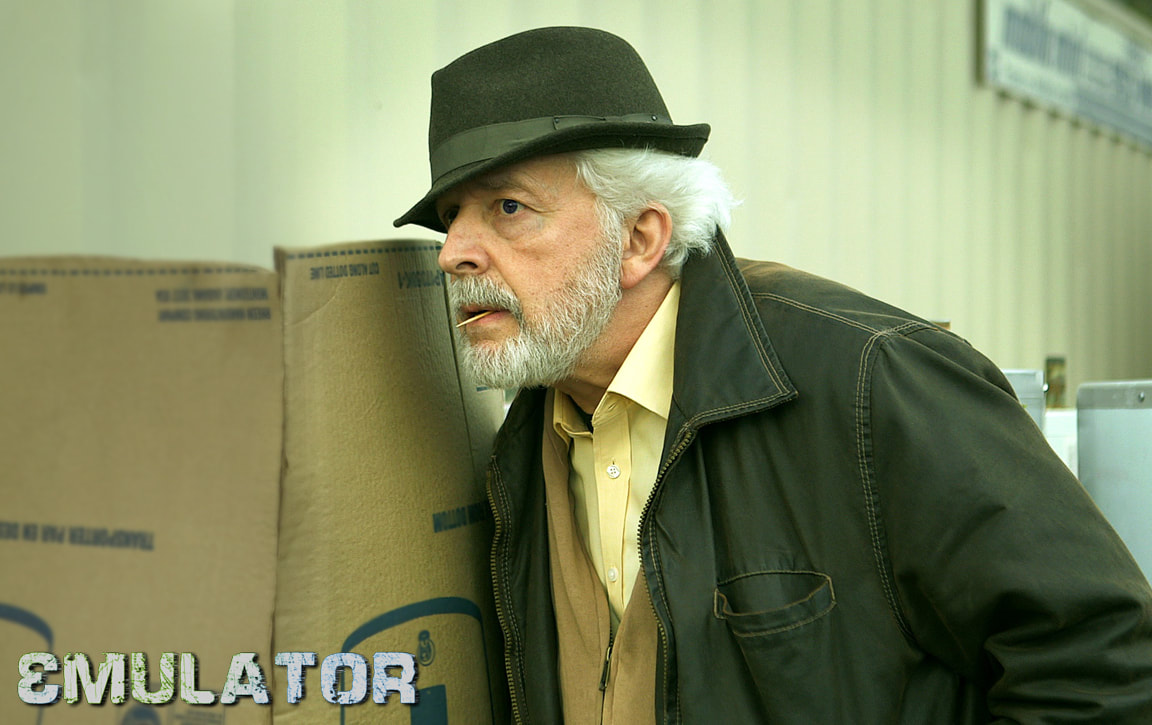
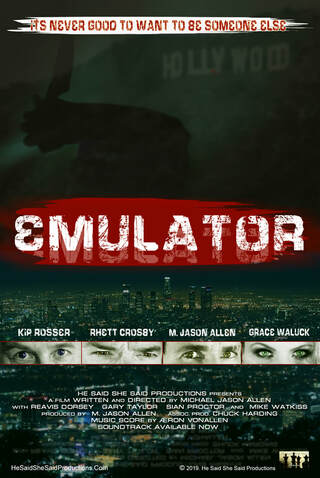
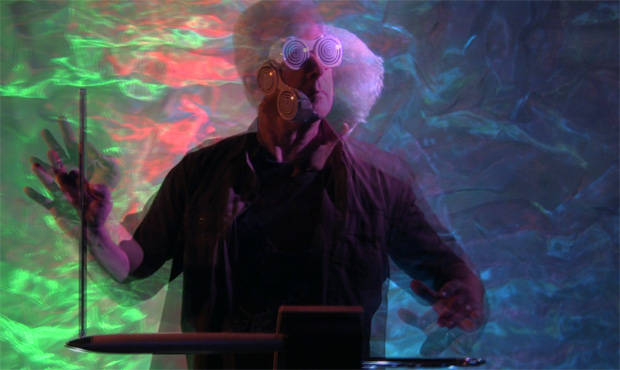
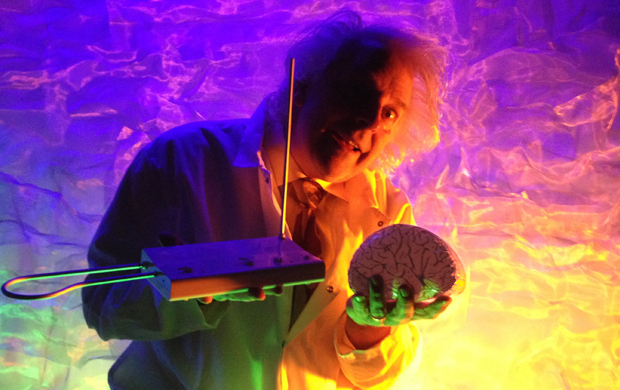



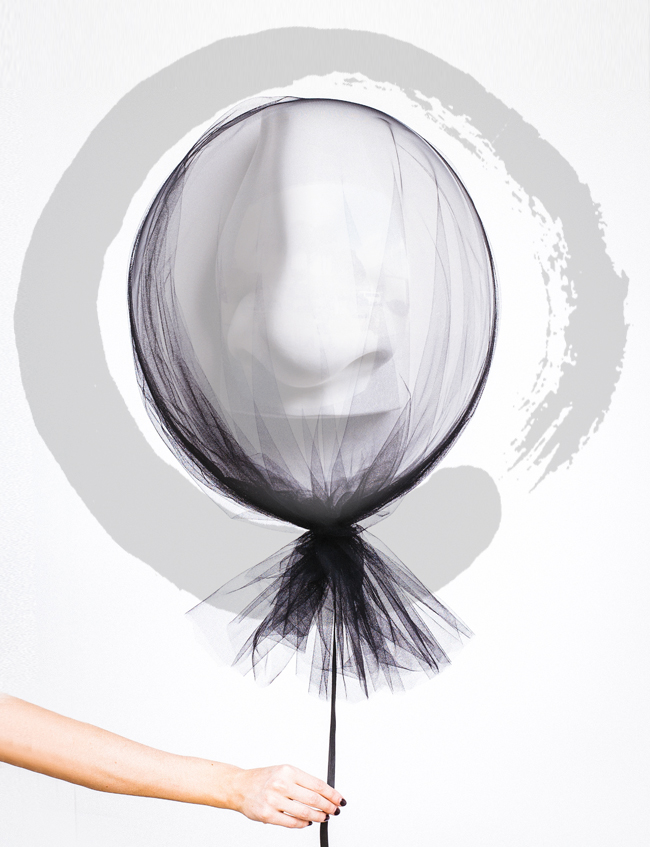
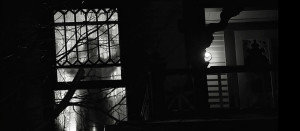
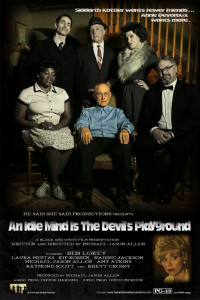
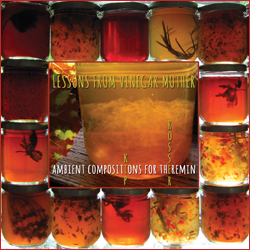
The Juliet Shaw Legacy Project is Complete
Nineteen months after the project’s inception in June of 2022, Sandra Shaw Murphy and I have
successfully completed the unearthing, compiling, organizing, cataloging, archiving and digitization
of the vast Juliet Shaw Collection. Of course, the “jewel in the crown” of the collection is Juliet’s
theremin – built specifically for her by the instrument’s inventor, Lev Termen (Leon Theremin).
But for Sandra’s generosity and determination, Juliet might have been totally forgotten. She spent countless
hours combing through the family home to find objects and items she remembered, but also discovering a
vast wealth of materials and artifacts that even she herself never knew existed.
From the outset, in addition to the goal of preserving her mother’s legacy, Juliet’s daughter Sandra was
determined that everyone be able to discover Juliet for themselves. Toward that end, we produced a web site
that was initially utilized for a fundraising campaign intended to cover the expenses for goods and services
that I was unable to provide on my own. Now that the fundraising phase is over, we’ve retooled the site to
function as a means by which thereminists, theremin enthusiasts, electro-musicians (and everyone else for that
matter) can explore Juliet Shaw’s life and career.
Although the items on the site represent less than 100th of the entire archived collection, they, combined with
the text content, are a wonderful way to see, hear and learn about Juliet Shaw. With the advent of the Juliet
Shaw collection and the Legacy Project web site, Juliet’s well-earned place in the theremin’s history is incontro-
vertible. It is a testament to her extraordinary ability, her 55-year performance career, her massive recorded
output, her charitable concerts that raised tens of thousands of dollars for worthy causes, her tireless dedication
to her students and her devotion to her school of music as both a teaching institution as well as a venue for
concerts and other events. She is among just a handful of musicians who, along with Leon Theremin himself,
can truly be counted as one of the first generation of thereminists.